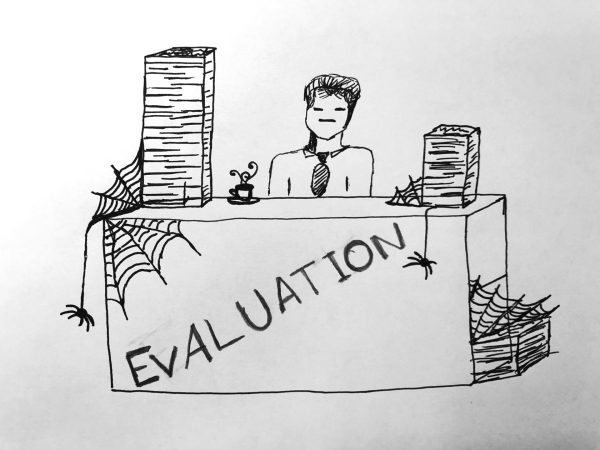Understanding ASMR and its popularity
March 26, 2015
Ever since I was a kid I’ve experienced a phenomenon that I didn’t even know had a name till just a few years back. Whenever someone spoke softly, whispered or simply made a relaxing tapping sound with their hands on an object and even chewing sounds, I was mesmerized.
A series of tingles spread across the back of my scalp, turning my brain to mush and a pleasant little shiver shot up and down my spine. It probably sounds sexual, but there is nothing remotely sexualized about ASMR.
Autonomous Sensory Meridian Response—though this is not the scientific term, it does help us ASMR aficionados understand it a little more.
I was thrilled when I discovered some kind of label or name to this wondrous phenomenon. In the thread of comments on these videos on YouTube, people have said that this sensation has cured headaches, helped with insomnia, relieved stress/anxiety, and stopped panic attacks. I can honestly say that while watching these videos, I have felt an intense relaxation that spreads throughout—even within my chest.
I remember a kindergarten teacher’s nails skittering across her wooden desk, the way she smacked her lips and spoke with a purr in her voice. I remember a young boy reading quietly to himself during silent reading, and I picked the beanbag chair near him just to listen in on his whispering. It started out with just whispering, but throughout the years, I developed a strong liking to other triggers.
Sometimes this included chewing sounds, scratching gently on certain surfaces like velvet or corduroy and even the sounds of consonants being repeated. It immediately relaxes me.
I found a community of ASMRtists and ASMR lovers on YouTube and was incredibly relieved that I wasn’t the only weirdo out there who for whatever reason experienced extreme pleasure in listening to mouth sounds or tapping. Others felt fuzzy in the brain, light-headed and sleepy as well.
ASMR often consists of interpersonal bonding like eye gazing, light touching, whispering—all things associated with comfort.
There is a pattern here that reveals what human beings crave: affection. Trust me, it’s not some weird fetish and it isn’t some elaborate hoax that people have made up on the Internet. Many of us have experienced this sensation for as long as we can remember.
There is actually a research project that is currently in process on the www.asmruniversity.com website. The project is an online survey that hopes to provide the first global, demographic study about ASMR.
It is for those who have experienced ASMR, who have stopped experiencing it, who have never experienced ASMR, and who are unsure if they have ever experienced it.
The large variety of participants will allow researchers to find out which personality traits, medical conditions, gender, ages, and other variables are more associated with those who experienced ASMR and much more.
So if any of you have had any trouble sleeping or are currently under stress, just check out ASMR on YouTube.
There are hundreds of categories and many different forms of ASMR accompanied by some very talented, kind and innovative individuals. I don’t think any of you would regret it. It’s certainly helped me with my panic attacks and insomnia, headaches and plenty more.
Marge Clemente is a senior English major and can be reached at 581-2812 or [email protected].











































